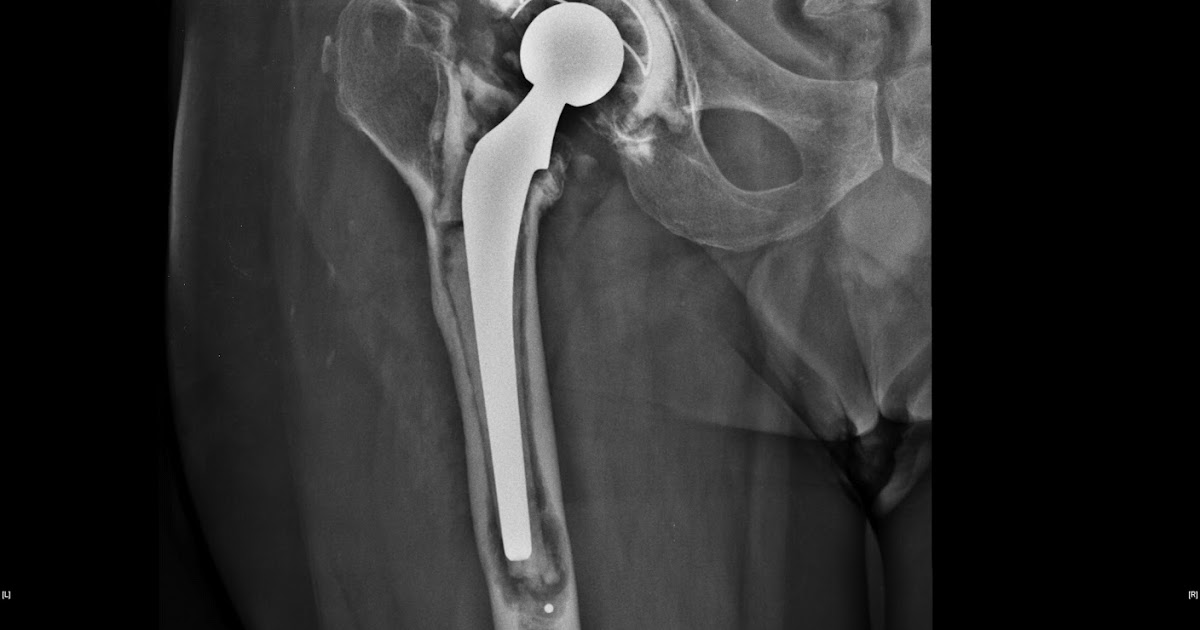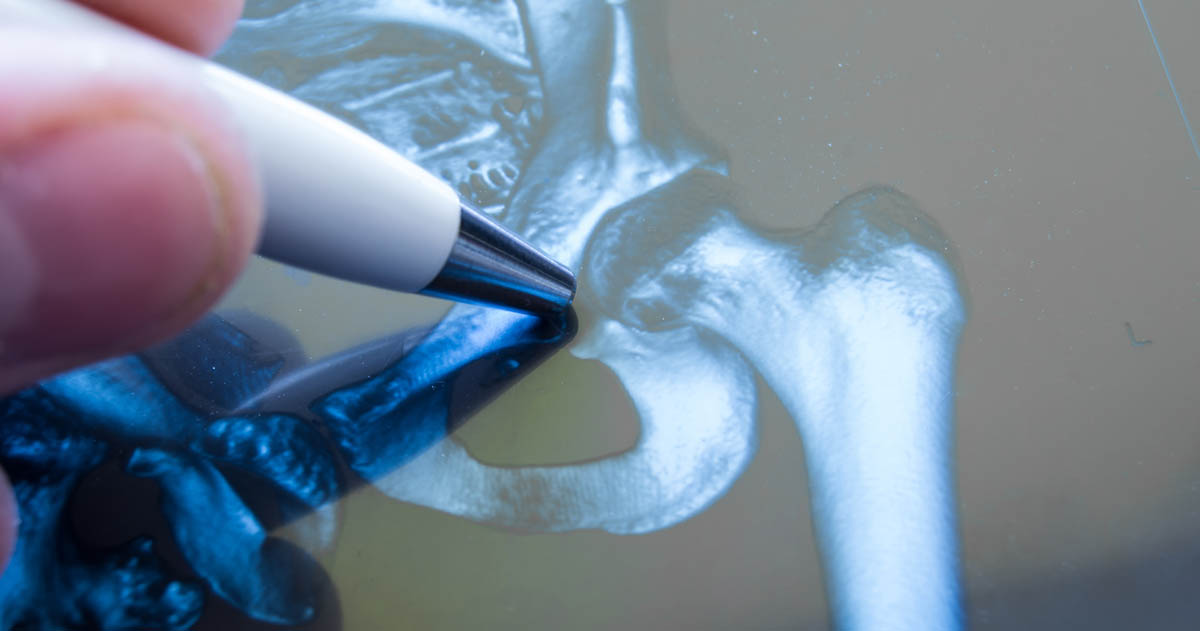Warning Signs Of Osteolysis
Joint replacement with a prosthetic joint, particularly the hip and knee, has revolutionized the treatment of end-stage osteoarthritis. Instead of patients becoming dependent on wheelchairs and other mobility devices, they can be rapidly restored to full and independent function and mobility. However, osteolysis is a troubling condition that affects a considerable number of patients after joint replacement. Osteolysis basically means bone loss around the prosthetic and unless it is caught early and treated, it can lead to serious problems and may require additional surgery for treatment. Symptoms and conditions associated with osteolysis include the following.
Pain With Implant Movement

Osteolysis is currently the most common complication followed joint replacement. Most patients appear to recover well from the surgery, and then over the next few years, bone loss around the implant occurs, leading to what is referred to as 'aseptic loosening,' which is loosening of the implant without any infection. Depending on the joint and the type of prosthetic, osteolysis may affect from thirty to sixty percent of patients in the first ten years after joint replacement. It often requires additional surgery to address the issue.
Most patients with osteolysis don't experience any symptoms, and the condition is only observed on follow-up x-rays. However, some patients experience pain with implant movement as osteolysis progresses. In many cases, the pain is experienced as muscle or joint pain distant from the replaced joint. For example, a loosening hip prosthetic can cause thigh and knee pain as the body tries to compensate for the unstable hip joint.
Learn about more warning signs of osteolysis now.
Reduction In Motion Of Implant

One key symptom of osteolysis is a reduction in the motion of the implant. As the loss of bone around the implant proceeds, the body responds by creating scar tissue in an attempt to stabilize the joint. This abnormal tissue is not painful but can be experienced by the affected patient as a loss of range of motion of the joint containing the implant. For example, a patient may feel their joint has become stiff or won't extend to the degree it could previously. Usually, the body is found to have created a stiff fibrous capsule around the implant that separates it from the degenerating bone, and scar tissue is found in and around the fibrous capsule, preventing the implant from moving but also preventing the joint from moving through its full range of motion.
Keep going for information on more warning signs of osteolysis now.
Inflammation

Osteolysis can induce inflammation in and around the implant, both due to the loss of bone and due to particles and molecules being shed from the implant. Inflammation can result in swelling, redness, discomfort, and even systemic flu-like feelings. If these symptoms occur, they need to be checked out immediately because they strongly resemble symptoms of an infection of the implant, and infections of an implant can cause severe effects and in some cases, can lead to the need to remove the implant or even death. If the cause is found to be osteolysis instead of an infection, various treatments, such as laparoscopic removal of debris and efforts to promote bone growth around the implant, may be implemented.
Continue reading to uncover more warning signs of osteolysis to be aware of.
Bone Loss

The loss of bone around an implant due to osteolysis can be treated in many ways. Bone grafts, either using bone obtained from the patient (autografts) or donated cadaver bone (allografts) can be used to restore sufficient bone to allow a new implant to be placed in the affected joint or to stabilize the current implant. However, bone grafts have quite a few disadvantages, such as bacteria present in cadaver bone and morbidities due to harvesting bone from other sites on the patient. Because of these disadvantages, synthetic substitutes are generally preferred. Synthetic substitutes can be molded into the desired shape and size and placed around the implant, where they can temporarily stabilize the implant while encouraging the body to grow new bone into the substrate to permanently anchor and secure the implant.
Get to know more warning signs of osteolysis now.
Abnormal Bone Growths

In some cases of osteolysis, there is a loss of bone around the implant accompanied by the growth of strange bony structures, which are sometimes referred to as bone spurs. Most bone spurs are asymptomatic, but some can cause pain, interfere with the movement of the joint, or become visible as an obvious abnormality in the joint. It is not clear what causes the loss of bone or the abnormal bone structures, but it is likely they are due to an inflammatory or rejection reaction to the prosthetic material. Abnormal bone growths can be removed with revision surgery but may recur unless the underlying osteolysis is also addressed.